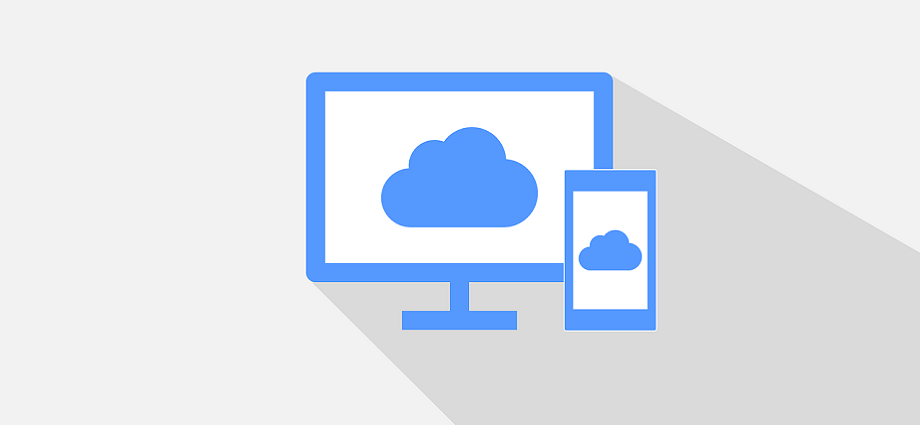Cloud computing is revolutionizing the way we store and manage data. With its flexibility, scalability, and cost-effectiveness, more and more businesses are moving their operations to the cloud. However, as we store more sensitive information in the cloud, the need for robust cloud computing security becomes increasingly important. In this article, we’ll explore the importance of cloud computing security, the risks that come with storing data in the cloud, and what you can do to protect your information.
Why is Cloud Computing Security Important?
Your data is valuable. Whether it’s financial information, confidential business documents, or personal information, it’s crucial that you protect it from unauthorized access or theft. Unfortunately, cyber criminals are becoming more sophisticated and are always looking for new ways to steal sensitive information. In the past, you could protect your data by storing it on a secure, on-premise server. However, with the rise of cloud computing, cyber criminals are now targeting cloud infrastructure, looking for weaknesses that they can exploit.
Implementing Strong Security Measures
Implementing robust security measures is crucial in safeguarding your data when using cloud services. This includes taking steps to secure your cloud infrastructure and access to your data.
Encryption: Encryption is a critical component of cloud security. It helps to ensure that data transmitted between your devices and the cloud is protected from prying eyes. Encrypting data at rest, meaning the data is encrypted when stored on the cloud server, is also a best practice. This helps protect your data if the server is ever compromised.
Multi-Factor Authentication: Multi-factor authentication (MFA) adds an extra layer of security to your cloud infrastructure by requiring a second factor, such as a fingerprint or a security token, in addition to a password.
Access Control: Access control is an essential part of cloud security. It ensures that only authorized individuals have access to your data and resources. This can be achieved through role-based access control (RBAC), which assigns specific permissions to individuals based on their role within your organization. It’s also important to regularly review and update access control policies to ensure that they remain effective and appropriate.
Firewall and Network Security: A firewall and network security measures help protect your cloud infrastructure from external threats. A firewall helps to block unauthorized access to your network, while network security measures can help detect and prevent malicious activity. It’s important to implement these measures in a comprehensive and layered approach to ensure maximum protection.
Monitoring and Logging: Monitoring and logging are important tools for detecting and responding to security incidents. By monitoring your cloud infrastructure, you can detect and respond to security threats in real-time. Logging provides a historical record of activity, which can be used to detect trends and identify potential security risks.
Educating Your Employees
The role that employees play in protecting sensitive data cannot be overstated. By educating your employees about cloud computing security, you can help reduce the risk of security breaches and ensure that your data remains protected.
Importance of Employee Training: Employee training is a critical component of cloud security. It provides employees with the knowledge and skills they need to use security measures effectively and follow best practices for data protection. This can include training on how to use encryption, multi-factor authentication, and access control, as well as best practices for password management and avoiding the use of public Wi-Fi.
Awareness Programs: Awareness programs help employees understand the importance of data security and how they can play a role in protecting sensitive information. This can include regular reminders about best practices, such as avoiding the use of public Wi-Fi and using strong passwords, as well as information about current security threats and trends.
Leading by Example: Leadership plays a critical role in promoting a culture of security. By demonstrating the importance of security, leaders can encourage employees to take data protection seriously and follow best practices. This can include regular security updates, reminders about best practices, and recognizing employees who go above and beyond to protect sensitive information.
Ongoing Security
Maintaining the security of your cloud infrastructure and data requires ongoing effort and attention. This includes monitoring and responding to security incidents, updating security measures as needed, and staying informed about new threats and trends.
Continuous Monitoring: Continuous monitoring of your cloud infrastructure is critical for detecting and responding to security incidents in real-time. This can include monitoring for unauthorized access, suspicious activity, and security incidents, and taking appropriate action to remediate any issues that are detected.
Security Updates and Patches: Security updates and patches are important for addressing vulnerabilities in your cloud infrastructure and ensuring that your data remains protected. Regularly checking for and installing updates and patches can help prevent security breaches and protect your data from known threats.
Staying Informed: Staying informed about new security threats and trends is critical for protecting your data in the cloud. This can include reading industry news and reports, attending security conferences, and participating in security forums. This helps to ensure that you are aware of new threats and can take appropriate measures to protect your data.
Conclusion
In conclusion, cloud computing security should be at the forefront of your mind if you’re storing sensitive information in the cloud. Don’t wait until it’s too late – take action now to protect your data and your business. By investing in the right security measures, you can ensure that your data remains confidential and secure, no matter where it’s stored.

